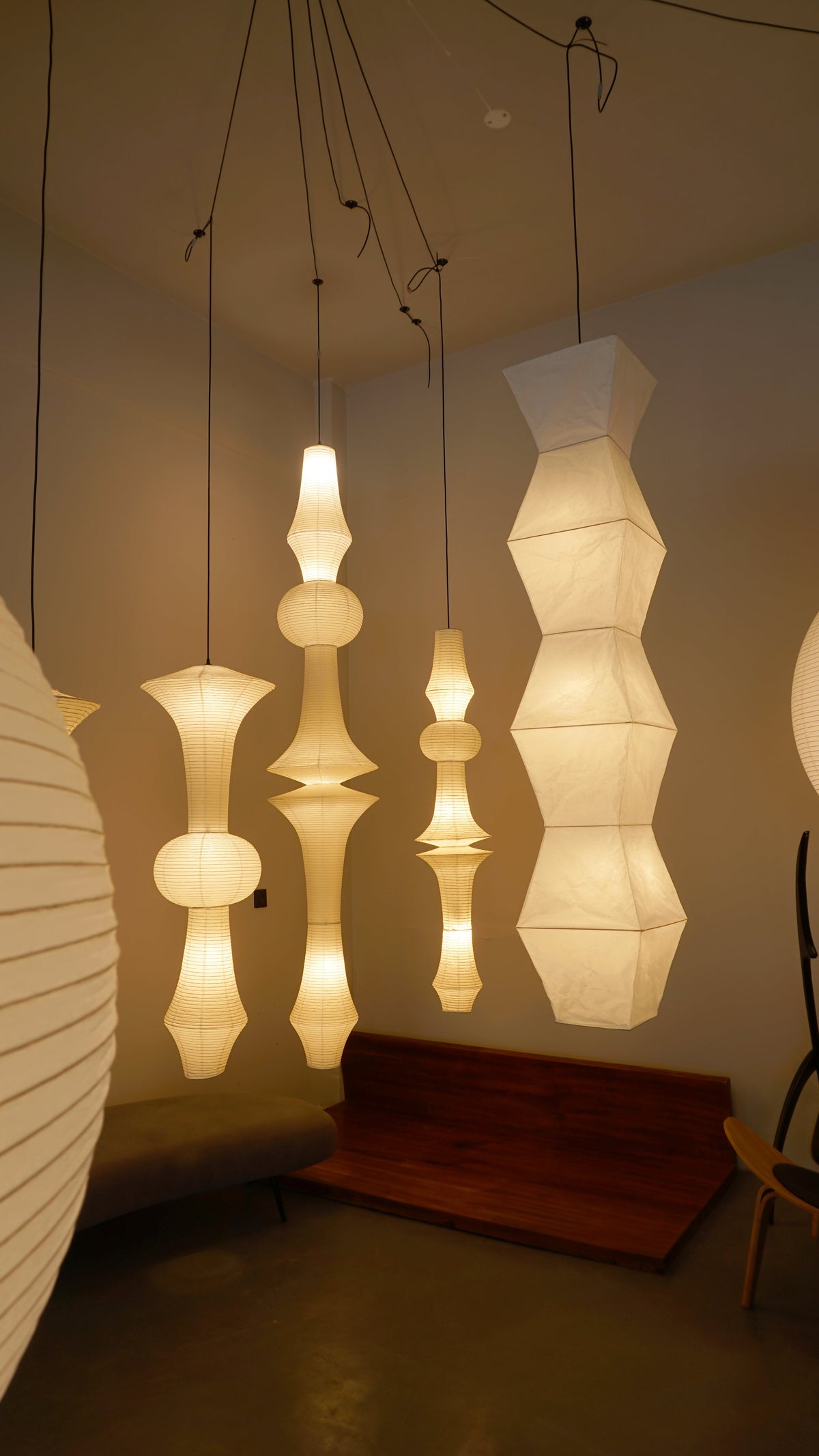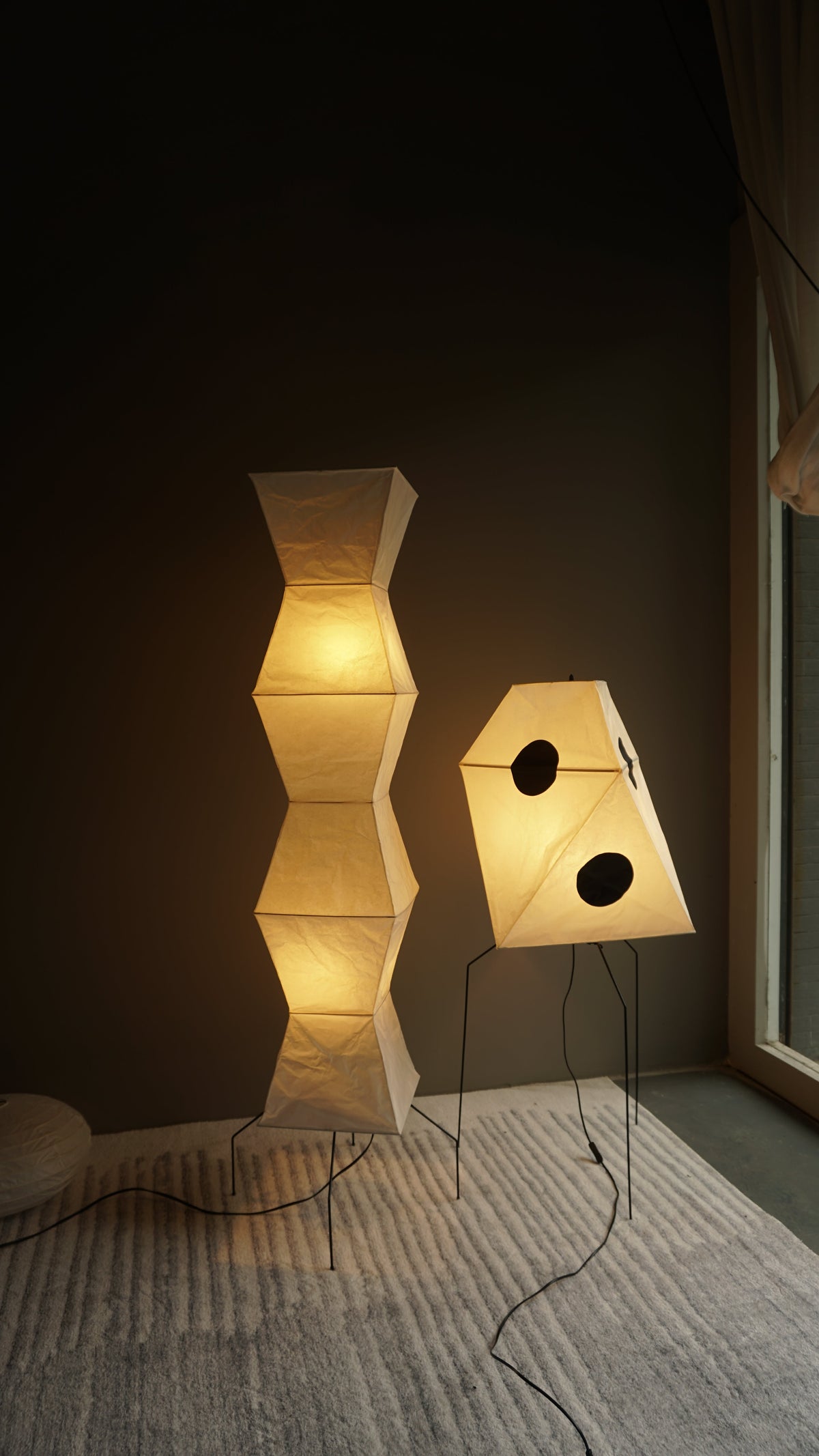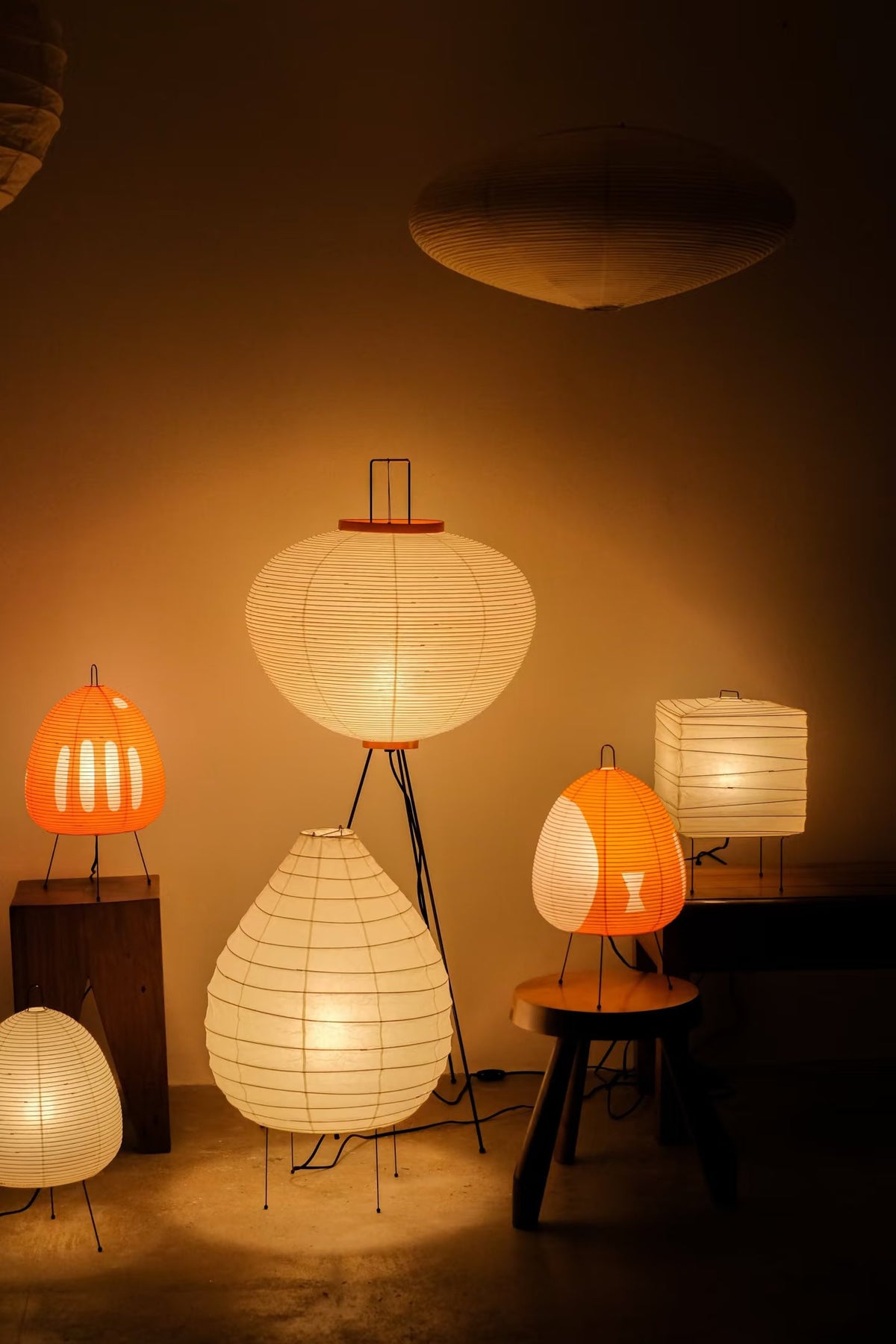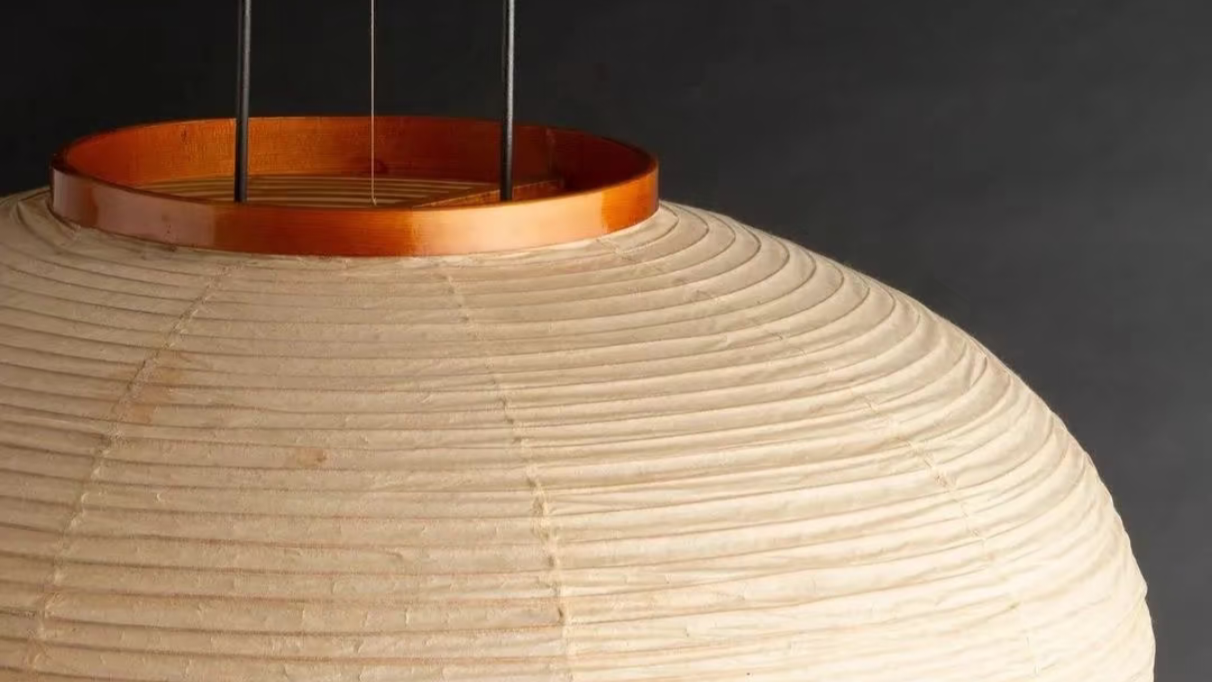Light isn’t just a switch. It shapes mood, color, focus and comfort. If your room feels gloomy, or your evenings look harsh and flat, understanding the difference between soft light vs warm light and picking the right fixtures will make a huge difference.
Below you’ll get clear, practical advice — friendly and short on jargon — so you can choose the right lamp for reading, hosting, or simply making a dark room feel like home.
1) Soft light vs warm light — what they really mean
Soft light = how light falls. It’s about shadow edges. Soft light creates gentle transitions between light and shade (few hard shadows). Think late-afternoon sky or light through a thin curtain. Soft light feels flattering and calm.
Warm light = color temperature. It’s described in kelvins (K). Warm light sits around 2700K–3000K and reads amber/soft yellow — the color of incandescent bulbs and candlelight. Warm light feels cozy and intimate.
So: soft light vs warm light aren’t opposites — they’re different qualities. You can have soft warm light (gentle shadows + cozy color) or bright warm light (strong, warm but directional). Likewise, you can have cool soft light (less common in homes).
When people compare warm light vs soft light, remember the shorthand: warm = color, soft = shadow.
2) Why the distinction matters for dark rooms
Dark rooms need two things: enough light and comfortable light. A single bright, cold lamp may make a room usable, but it can feel clinical. A soft, warm glow is nicer — but sometimes not bright enough to read or cook.
So the goal is layered lighting:
-
Ambient (fills the room) — large pendants, ceiling lights, or multiple lamps.
-
Task (for reading/working) — directional lamps, adjustable floor lamps, or desk lamps.
-
Accent (for mood) — paper lamps, wall washers, or small uplights.
A floor lamp Japan look (Akari-style paper floor lamp inspired by Isamu Noguchi) often contributes to the ambient + accent layer — it gives soft, warm diffusion that’s calming. For useful brightness in a dark room, pair it with brighter task fixtures (listed below).

3) Best lamp types for dark rooms (bright lamps for dark rooms)
If your main need is light output — but you still want comfort — these lamp types perform best:
A. Torchiere floor lamps
-
Point light upward to bounce off the ceiling and flood the room with indirect ambient light.
-
Choose models with high-lumen LEDs (2000–4000 lumens for large rooms).
-
Works well behind a sofa or in a corner where the shade isn’t visible.
B. Multi-head floor lamps (branch/torchieres with reading arms)
-
Provide an ambient uplight plus a focused reading arm. Great for living rooms where one lamp must serve many roles.
C. High-lumen LED floor lamps (adjustable color/temp)
-
Modern LED floor lamps offer high brightness, dimmers, and tunable color temperature (2700K–5000K). For dark rooms, pick high-lumen with CRI 90+ so colors look natural.
D. Pendant clusters or large round paper pendants
-
A large paper round pendant (Akari-style) can be surprisingly good when paired with additional bright sources. Use one large pendant for ambiance and add hidden task lights for function.
E. Combination: Bright task + Akari-style floor lamp
-
Pair a bright reading lamp (arm or swing-arm) with a Japanese paper floor lamp for mood. You get both function and that soft, pleasing shadow quality.
4) Bulbs & specs: what to buy for both brightness and comfort
When searching for bright lamps for dark rooms, check these specs:
-
Lumens (brightness): For a living room, aim for 1500–3000 lumens total. A single lamp with 2000+ lumens or several lamps adding to that will do.
-
Color temperature (K): For cozy, use 2700K–3000K (warm). For tasks, 3000K–3500K balances clarity and warmth.
-
CRI (Color Rendering Index): Choose CRI 90+ to render colors accurately — important near art, food, or clothing.
-
Beam/spread: For ambient light, use diffused/frosted bulbs or an uplight torchiere; avoid directional spot bulbs alone.
-
Dimmable & tunable: Dimmers help you move from bright work light to soft evening glow without swapping lamps.
5) Where a Japan-style floor lamp (Akari-style) fits in
Floor lamp Japan designs — especially Akari-inspired paper lamps — are ideal as soft, warm ambient or accent sources. They use washi-like paper to create even diffusion and beautiful shadow texture. Key reasons to include one:
-
Soft glow: Excellent for evenings, movies, and relaxing.
-
Sculptural shape: They act as decor and a lamp at once.
-
Human-centered light: Makes faces and surfaces look natural — perfect for hospitality-style warmth (think hygge).
But remember: Akari-style floor lamps are not the brightest choice alone. Use them with the bright lamp types above when the room is very dark.
6) Practical room recipes — real setups that work
Below are quick, copy-able setups for different rooms. Each recipe mixes soft/warm and bright lights.
Living room (dark room, multi-use)
-
Torchiere floor lamp (upper bounce) — main ambient (2000 lumens).
-
Akari-style floor lamp (paper) — soft warm accent near seating.
-
Adjustable reading lamp (task) by sofa — 400–800 lumens for reading.
Result: bright enough overall, plus cozy corners.
Bedroom (cozy + practical)
-
Ceiling pendant or recessed can lights on dimmer — set base brightness.
-
Akari-style bedside floor/table lamp (warm 2700K) — soft bedside glow.
-
Small task lamp for reading (directional) if needed.
Result: calm and nap-friendly, with task light available.
Home office (dark room that needs clarity)
-
High-lumen LED floor lamp (cooler 4000K for focus) with dimmer.
-
Akari-style pendant or table lamp adds visual comfort and reduces harsh contrast.
Result: focus for work plus less eye strain.
7) Soft light vs warm light in product descriptions — what to watch for
When reading product pages, you’ll see phrases like:
-
“Soft light” — means diffused output; look for “frosted / fabric / paper shade.”
-
“Warm light” — check the Kelvin value: 2700K–3000K is warm.
-
“Bright” — check lumens, not watts. 1500+ lumens is bright for a single lamp.
-
“Floor lamp Japan” or “Akari lamp” — usually implies paper shade, warm diffusion, and sculptural form.
If a listing claims both “bright” and “soft,” verify by checking lumens + shade material.
8) Quick shopping checklist (fast)
-
Measure your room and identify use (reading / ambiance / multi-use).
-
Pick brightness target (total lumens): small room 1500–2500 lm, large room 2500–4000 lm.
-
Choose color temp: 2700K–3000K for cozy; 3000K–4000K for task focus.
-
Look for CRI 90+ if accurate color matters.
-
Add an Akari-style floor lamp for soft warm light and style — but pair it with a torchiere or high-lumen task lamp in dark rooms.
-
Ensure dimming & safety (UL listing, secure mount).
9) Quick FAQ
Q: Can Akari-style paper lamps be bright enough for dark rooms?
A: They can contribute but are best used with other bright sources. A large paper round pendant paired with a torchiere or recessed lights is a winning combo.
Q: Which bulb should I use to reduce eye strain?
A: High-CRI (90+), warm LED at 2700K–3000K for evenings; 3000K–4000K for daytime tasks.
Q: Are floor lamps from Japan different?
A: “Floor lamp Japan” often points to Akari-inspired craftsmanship and washi-like materials that focus on human-centered, soft diffusion — great for atmosphere.
10) Final thought — balance is the secret
The real answer to soft light vs warm light and bright lamps for dark rooms is balance. Use bright, efficient fixtures to make the space usable and safe — and add soft, warm Akari-style accents to make it feel like yours. Together, they give you the best of both worlds: function plus comfort.




0 comments